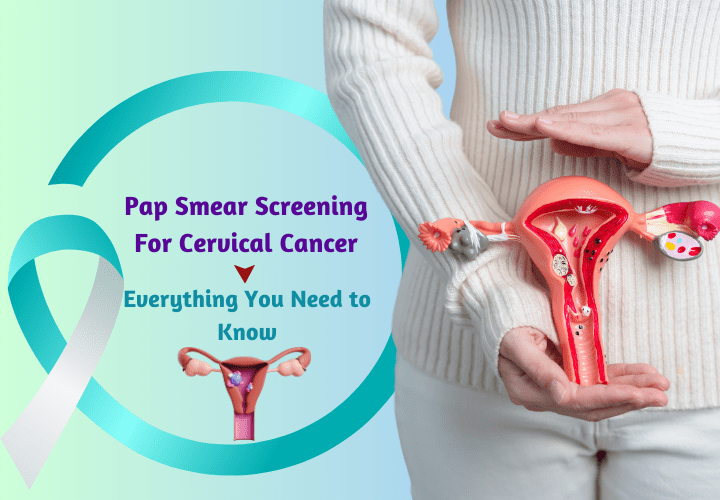Oral Cancer in men, the most prevalent cancer in India

Oral Cancer in men, the most prevalent cancer in India
- onco
- November 7, 2021
Cancer of the oral cavity is by far the most prevalent cancer in India for men (11.28 percent from all types of cancer) it is also the fifth most commonly occurring cancer in women (4.3 percent in all forms of cancer). The estimated number of male cancers in 2020 India is a clear indication of the number of cases to be in the lung (102,300) mouth (99,495) prostate (61,222) as well as tongue (60,669) and the larynx (36,079). In total it means that mouth cancer is the top cancer spot for males across the majority of India. Prevention of oral cancers, being screened for or detected early and treated in a timely stage.
If detected early, the five-year survival rate is higher than 80percent, while it’s less than 20-30% for the advanced phase of disease. but the majority are discovered in the advanced stages.
CAUSING FACTORS ON THE RISE
The smoking of tobacco is directly related to around 80 percent of oral cancer, especially among older people over 40 years of age. The trend has been an increase in the incidence of this disease in young and females in the past few years. Young women and girls are becoming more using smokeless tobacco because of imitation or peer pressure. Lifestyle changes and changes in sexual behaviours have led to the development of a new factor that causes oral and oropharyngeal infections without smoking tobacco connection, due to an infection with cancer-causing human papillomavirus, 16 (HPV 16) which is an infection that is transmitted sexually.
Twenty years ago just a few percent percentage of oral cancers were HPV connected. However, in the last few years, HPV infection is increasingly being identified in patients suffering from oral cancer. Inadequate awareness of oral cancer signs that are early is the major reason behind cancer being discovered at later stages. Early detection not only increases the odds of survival, which range from 50 to 90%, but also decreases costs of treatment. The bright side is that HPV-related mouth cancers are believed to be more responsive to treatment than non-HPV related oral cancers.
Smokeless tobacco is affecting the increasing awareness and consequent prohibitions for smoking in public spaces has resulted in a rise in smoking smokeless tobacco in particular Gutkha which is a low-cost and readily accessible product that is made of smokeless tobacco and flavor additives. Additionally, a false myth that Gutkha is an alternative to smoking cigarettes has been promoted through misleading advertising by companies in the industry of tobacco, which has seen addicted peers claiming to justify the use of it. However, it is a fatal mix of carcinogens. The majority users are not aware of the cancer-causing consequences. A total of 20 million adult and five million children are reported to be dependent on gutkha. Smoking cigarettes and Gutkha can lead to nicotine consumption and addiction. Nicotine from smokeless tobacco gets absorption through the mouth. it takes longer to cause effects than it was taken in through the lungs, which makes it as dangerous like smoking.
Prevention and control of oral cancer is best accomplished by raising awareness among the population in early diagnosis. An entire effort of various parties has led to programs designed to create interventions that increase the quality of life for patients. These initiatives are designed to facilitate sharing of information in the field of cancer research and control as well as professional education and establish research networks to encourage collaboration and boost efforts to lessen the burden of cancer worldwide.
IS ORAL CANCER CURABLE IN INDIA?
Around 60 percent of cases of oral cancer in India have five-year survival rates and the rate has been shown to rise from 70 to 90 percent with an early diagnosis in the stages of I and II.
Through a variety of treatments, treatment for cancer is based on the stage of cancer when diagnosed, and when the patient begins receiving treatment. Early detection and treatment is most important factor in reducing death rates and higher survival rates for patients with cancer across the world.
Awareness initiatives and programs that lay the base to a smoke-free nation A major step this goal is the complete tobacco control law and the ratification WHO Framework Convention on Tobacco Control in 2004 by the government of India. In 2004, the Union Health Ministry has prepared an objective and universal operational Framework for cancer screening and Management. It aims to encourage, coordinate, and conduct research that will help recognize the causes, identify and manage cancer.
Some of the best cancer doctors in Delhi from Oncoplus Hospital, one of the best cancer hospitals in Delhi feels the awareness programs can help a lot to make India tobacco free which drastically reduce the oral cancer patients in India
Studies that provide epidemiological information can be utilized to create effective strategies to aid in the fight against cancer across the country. The valuable information on cancer’s prevalence and incidence needs to be used to identify the risk factors and to eliminate smoking tobacco. A multi-faceted strategy involving public health awareness programs, particularly for young people, increased taxes on tobacco products in order to deter the use of tobacco products and appropriate use for mainstream media (Print media as well as TV channels) could be extremely effective in preventing cancer and prevention.
Recent Posts
-
Pap Smear Screening for Cervical Cancer: Everything You Need to Know
February 26, 2025
-
How Air Pollution Increases the Risk of Lung Cancer: A Growing Concern
February 18, 2025





Leave a Reply